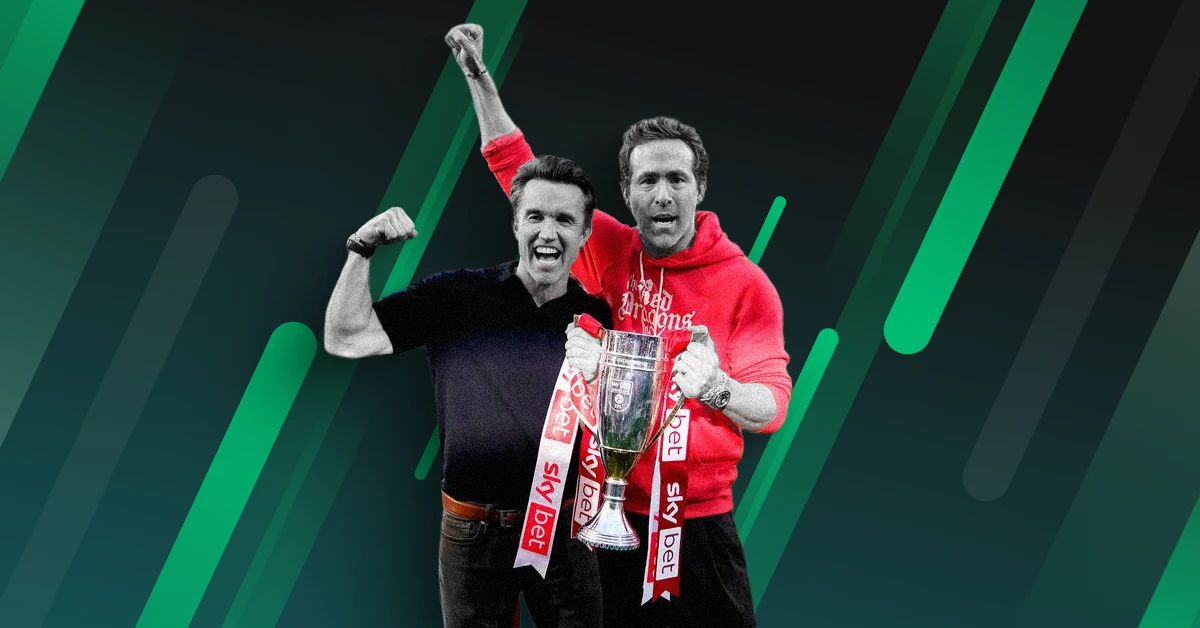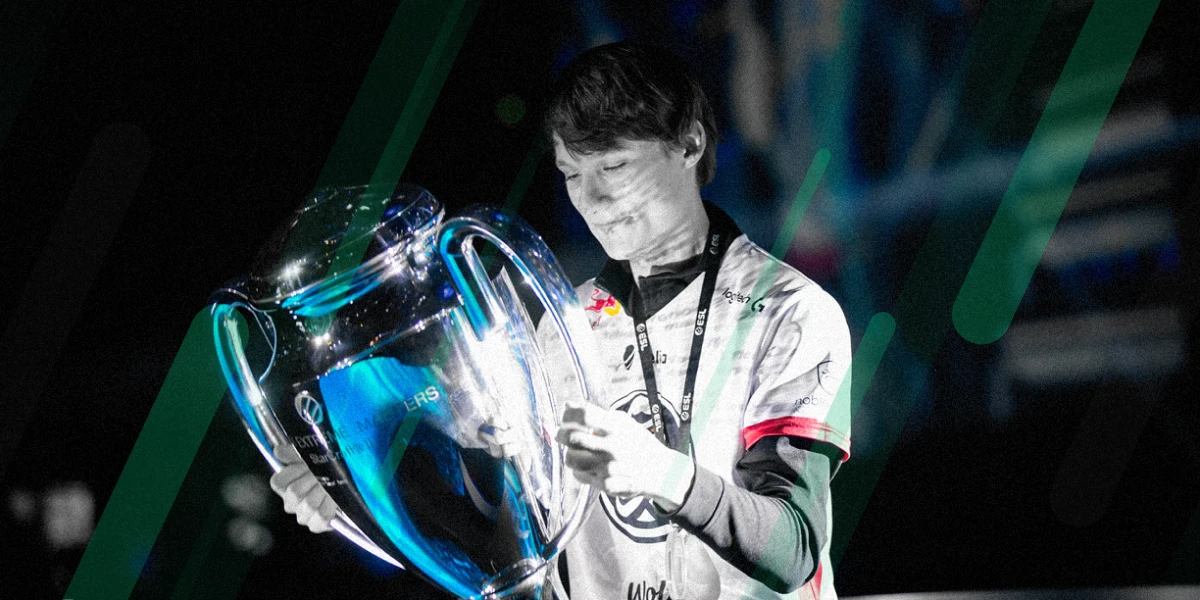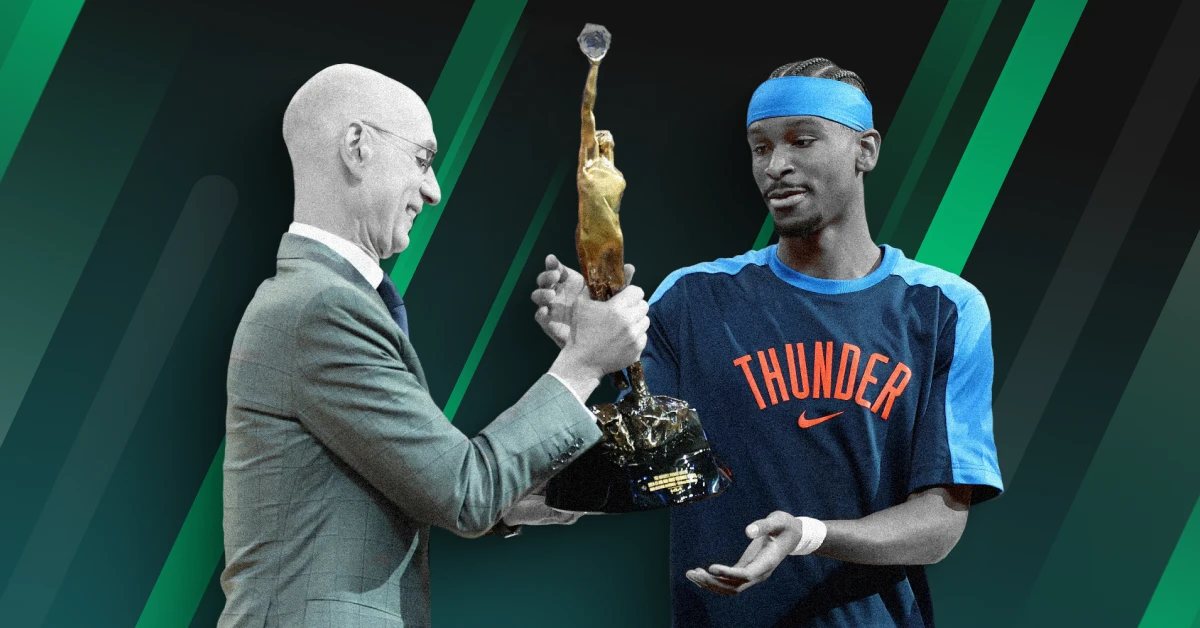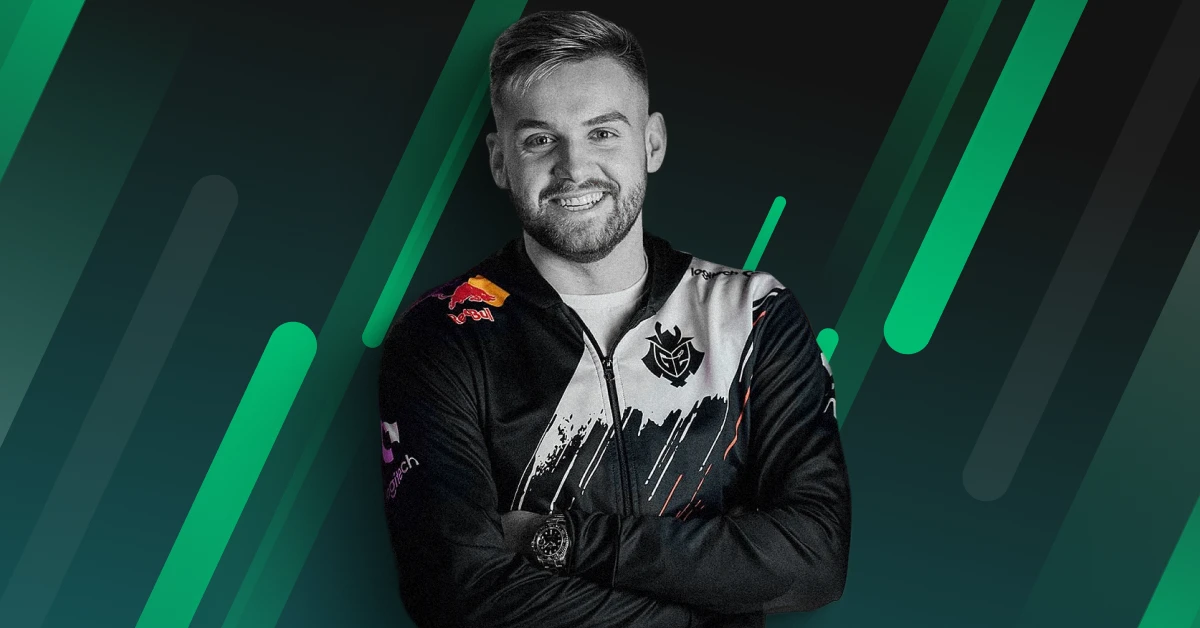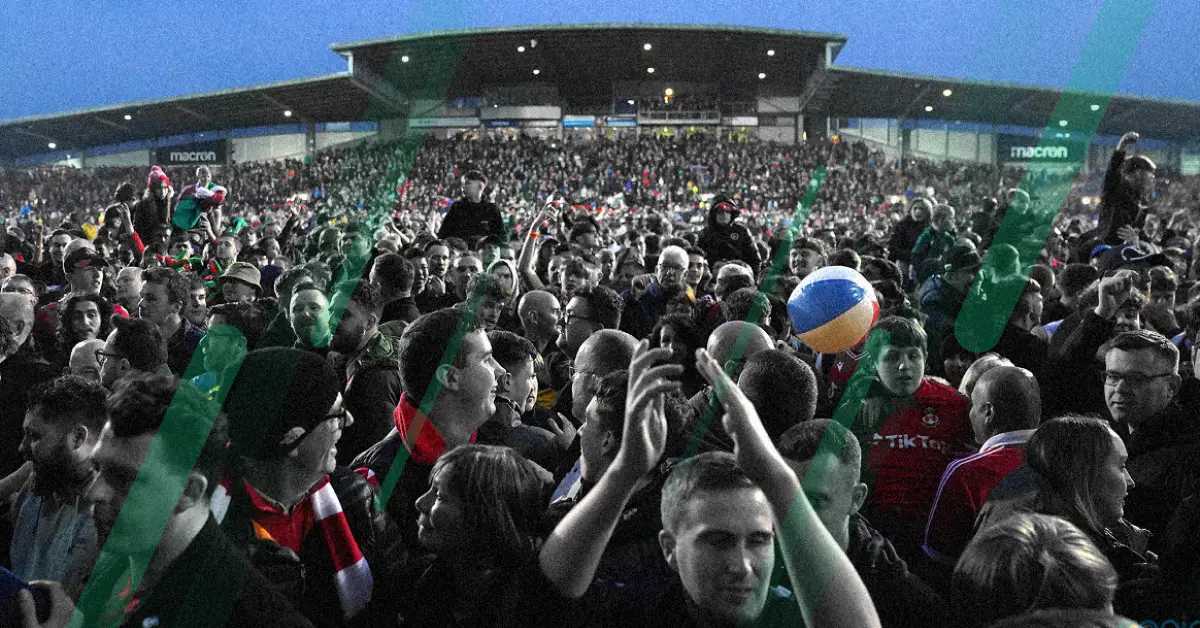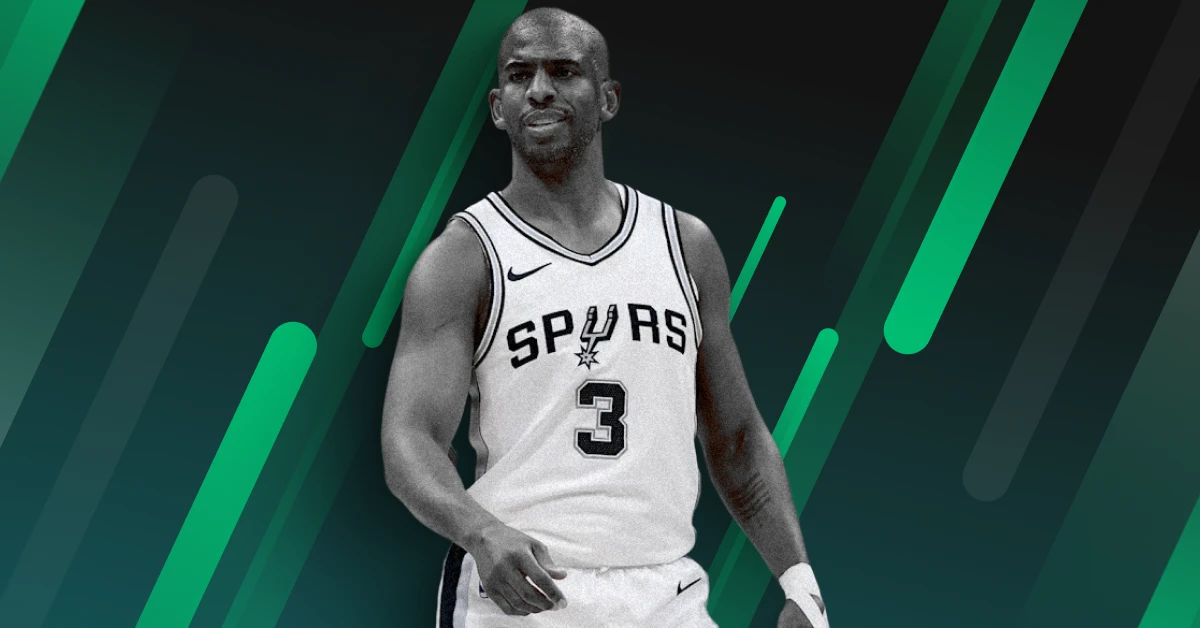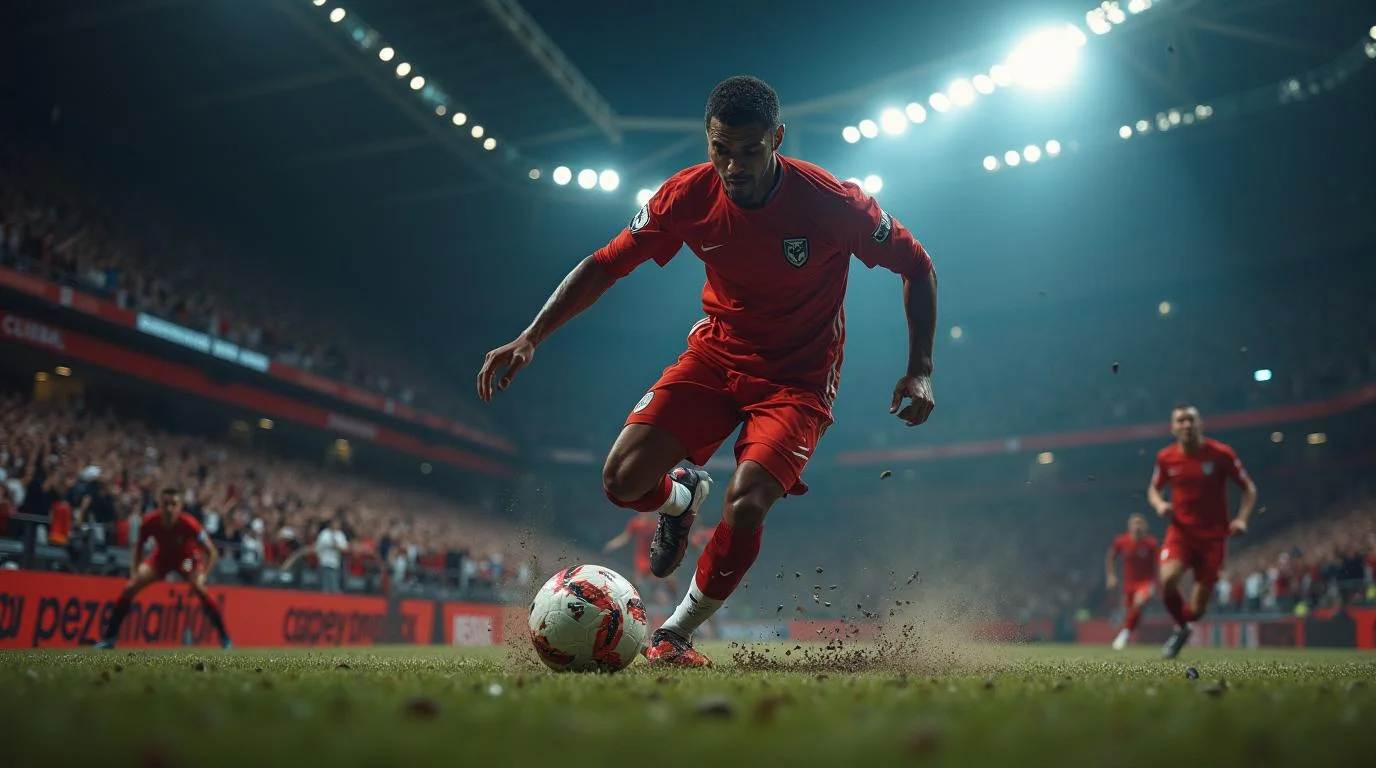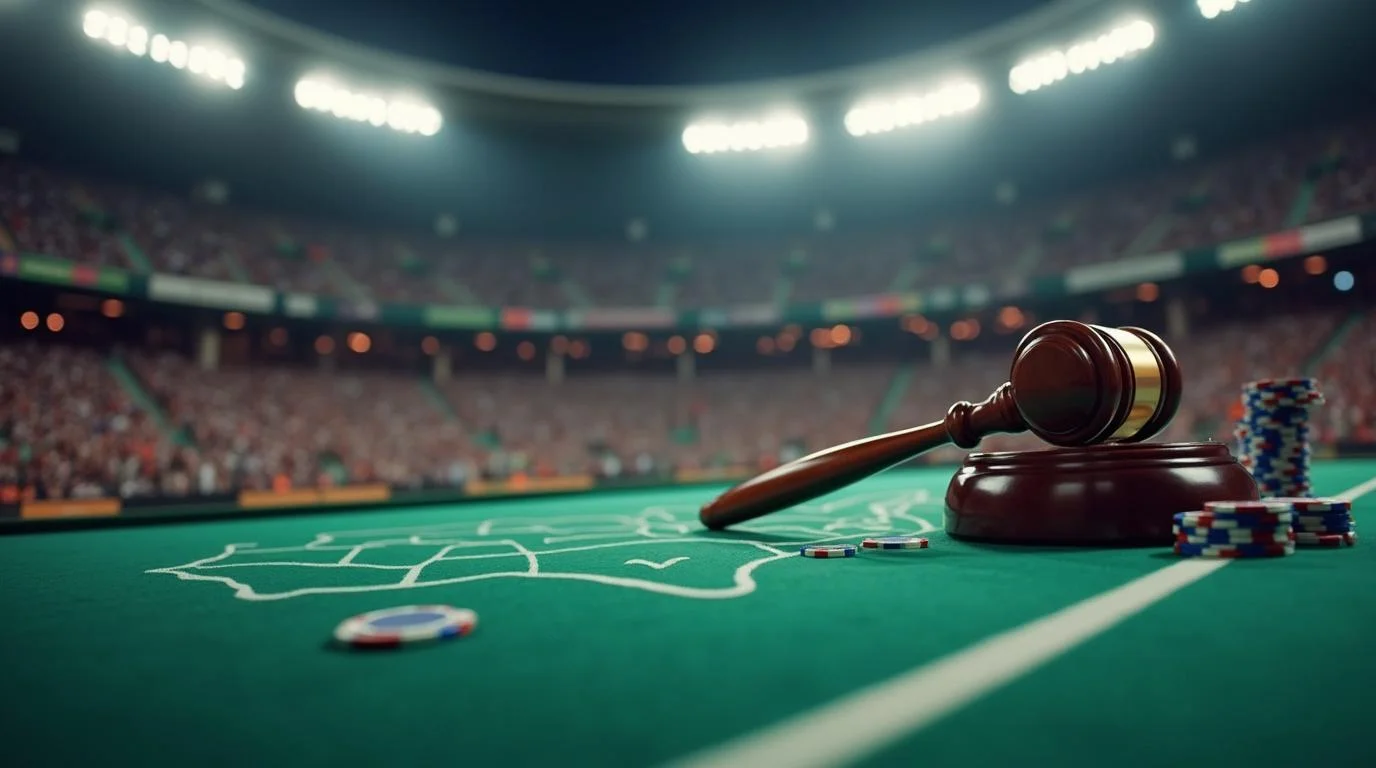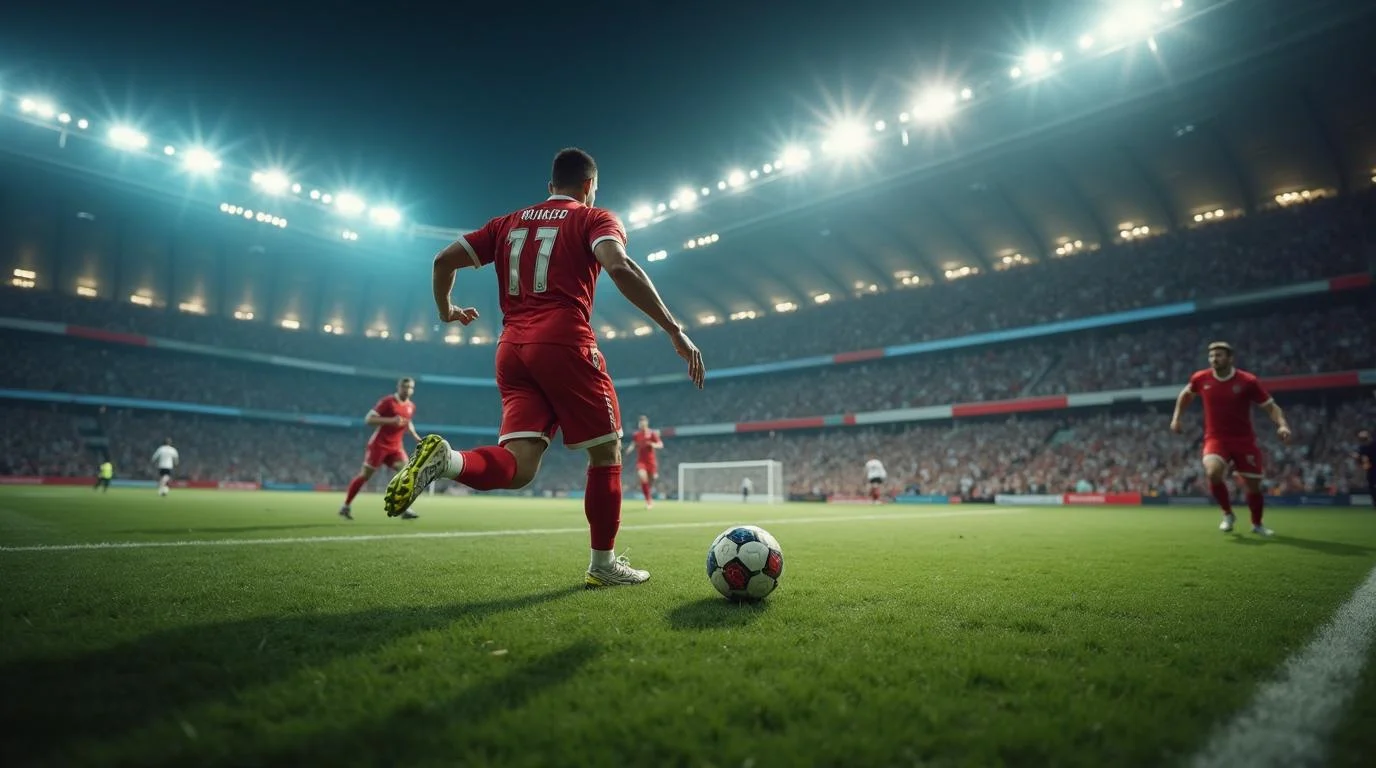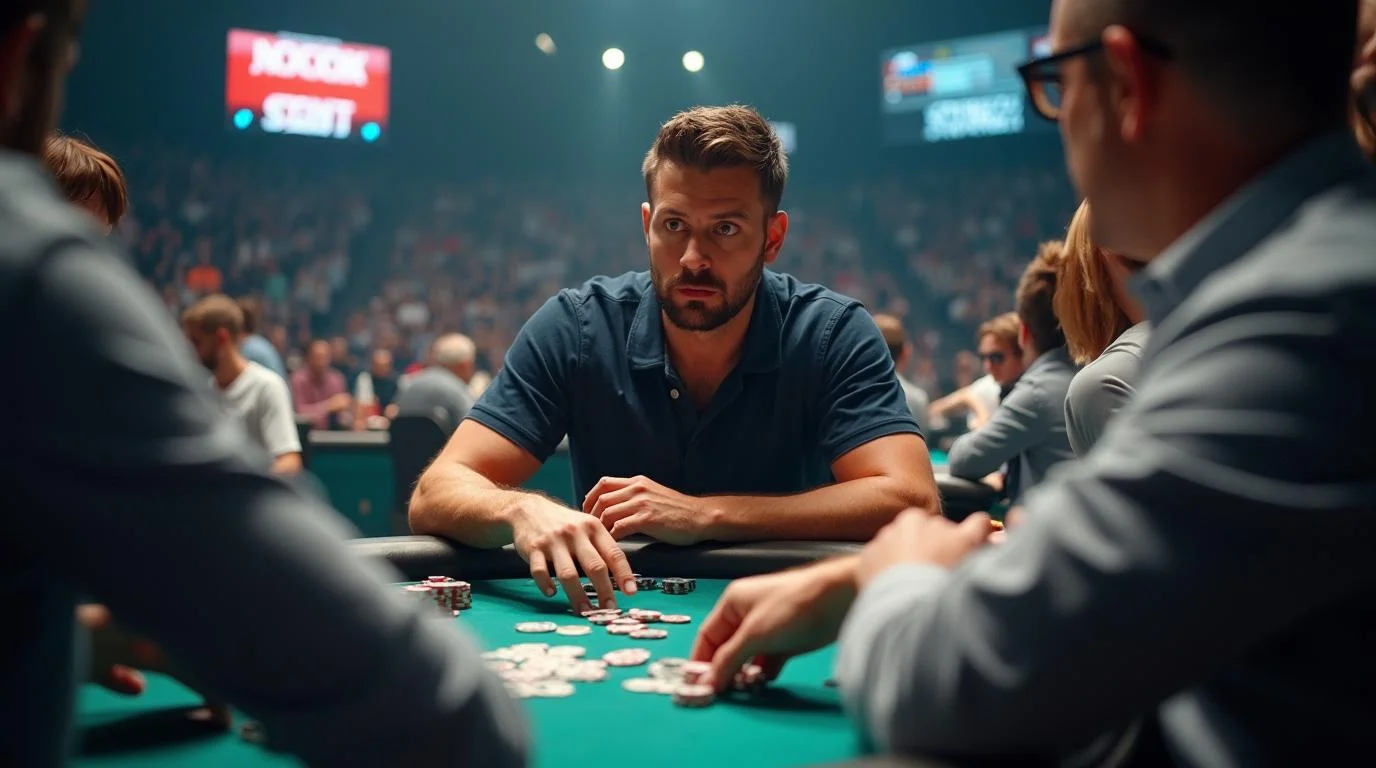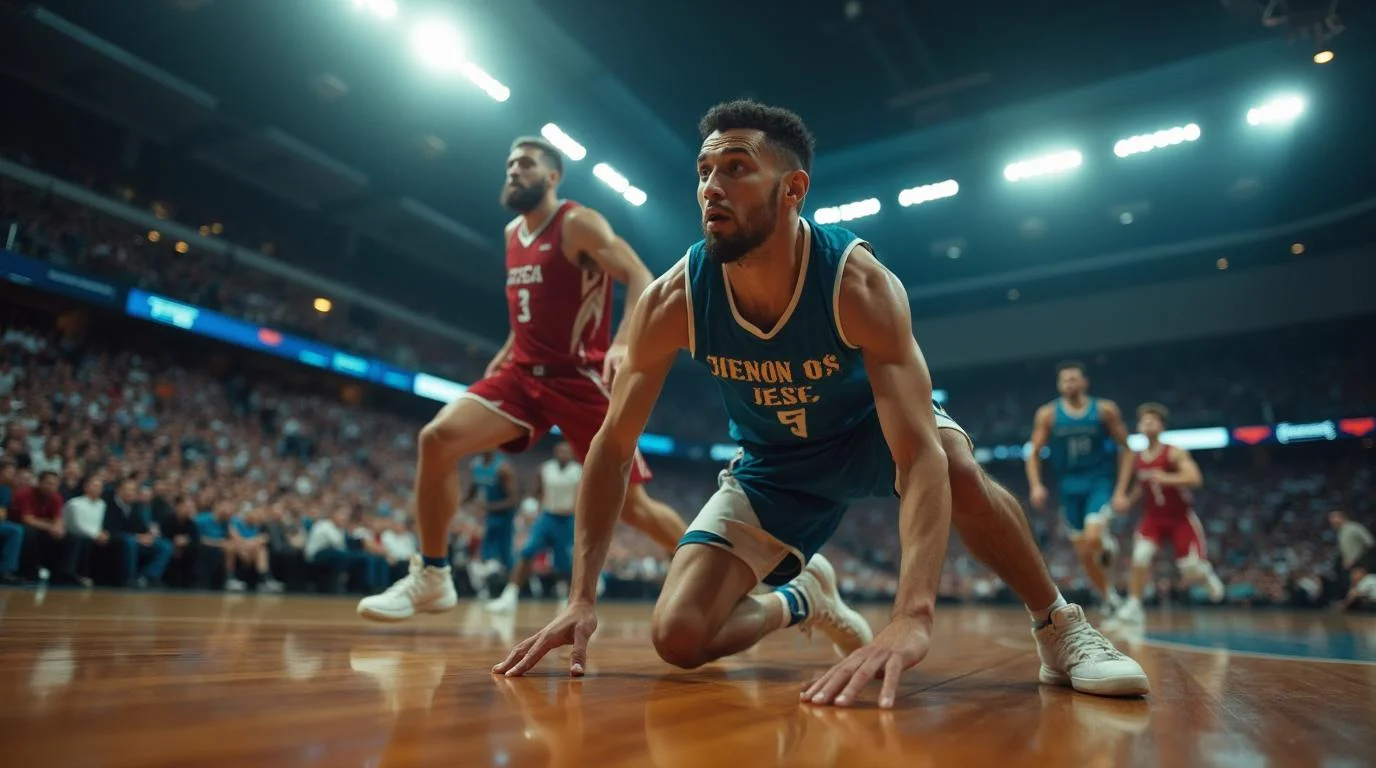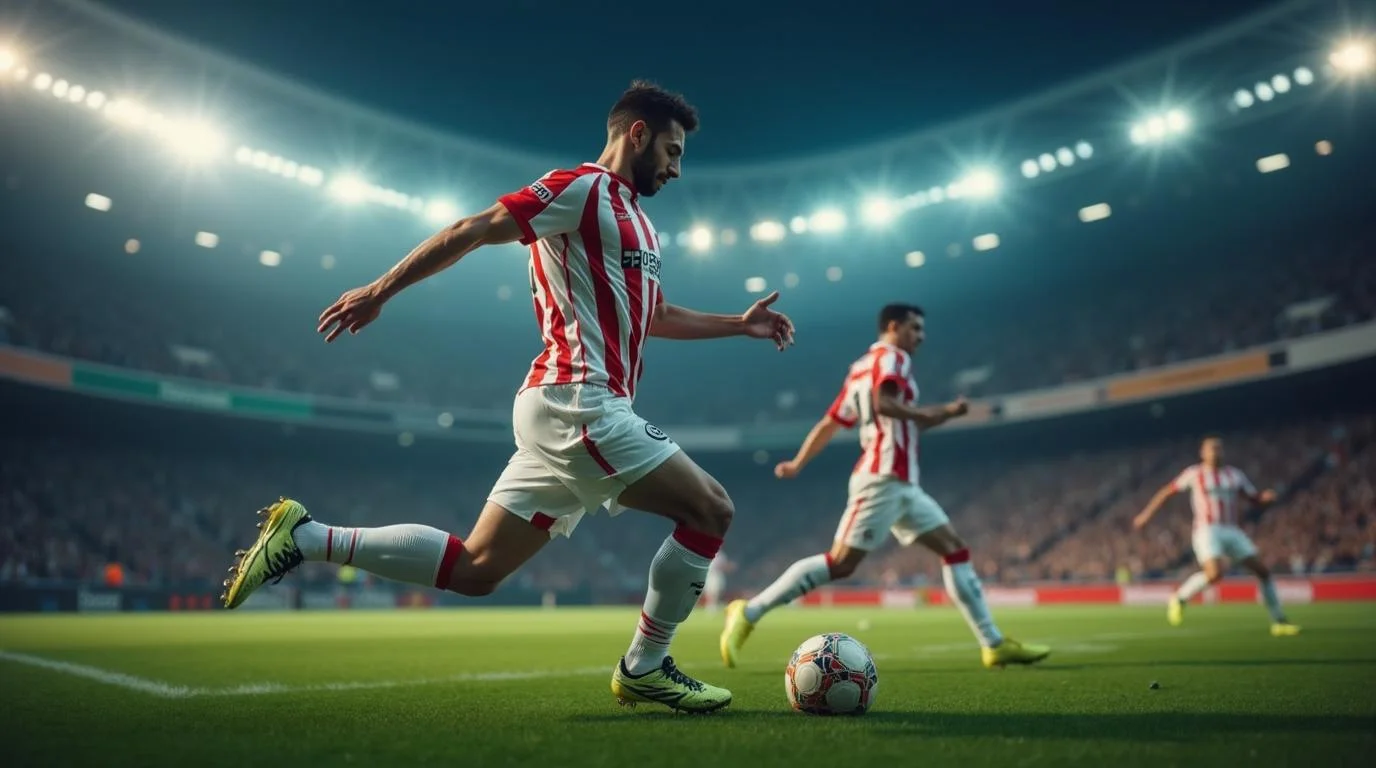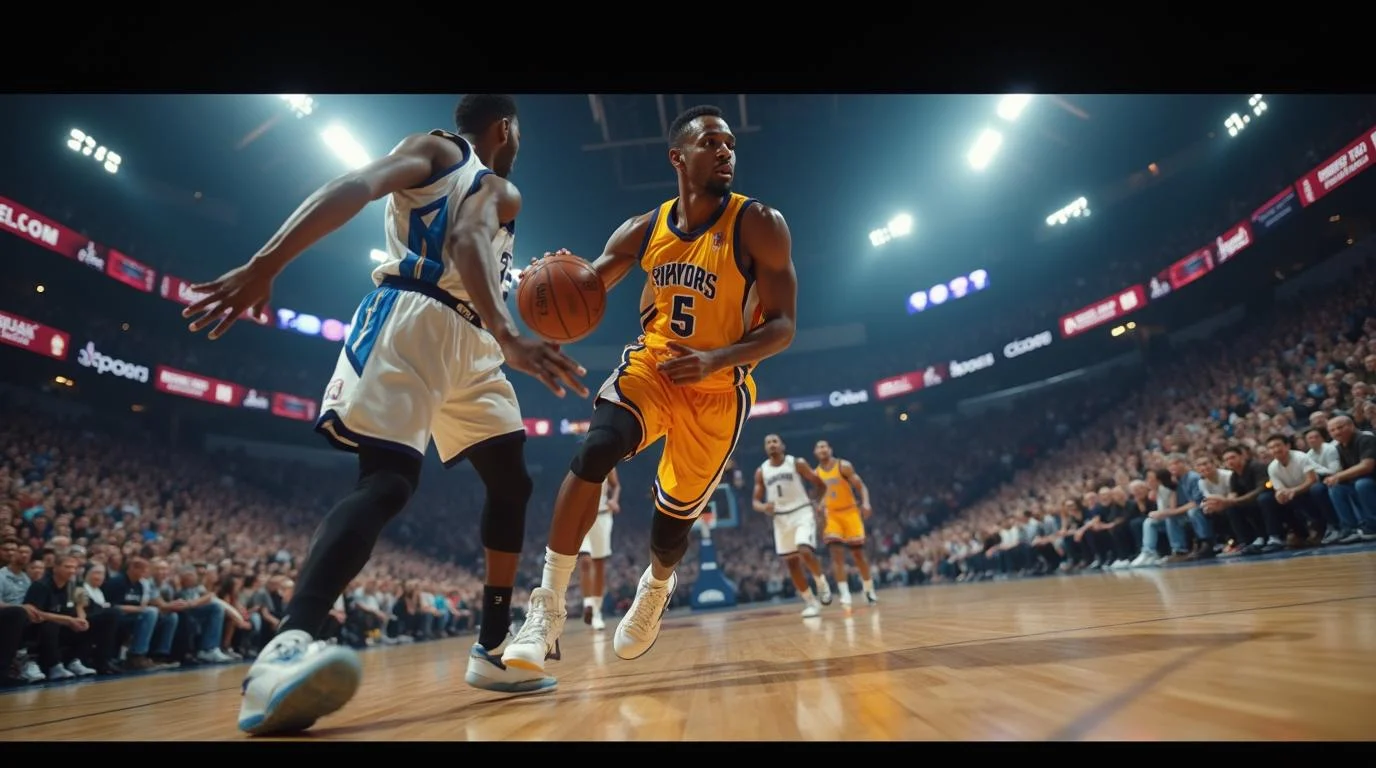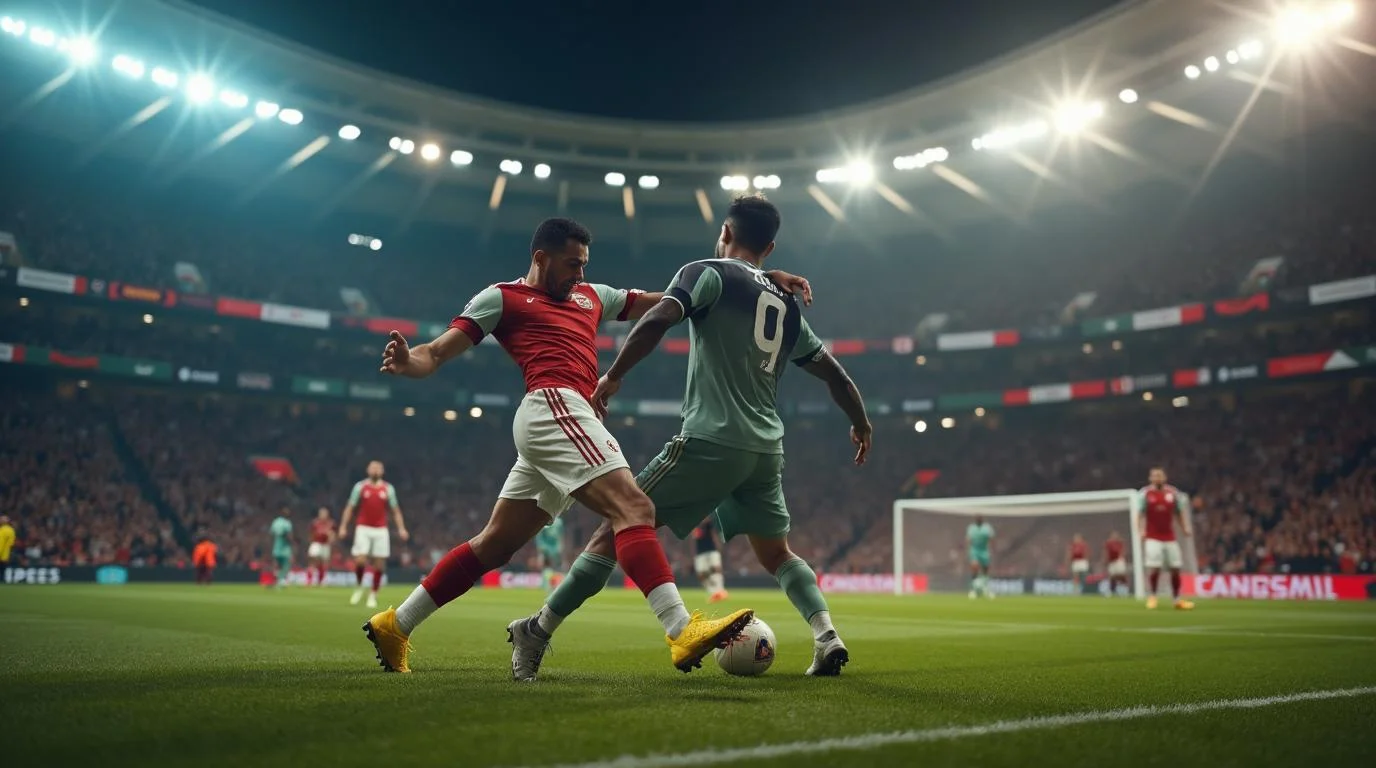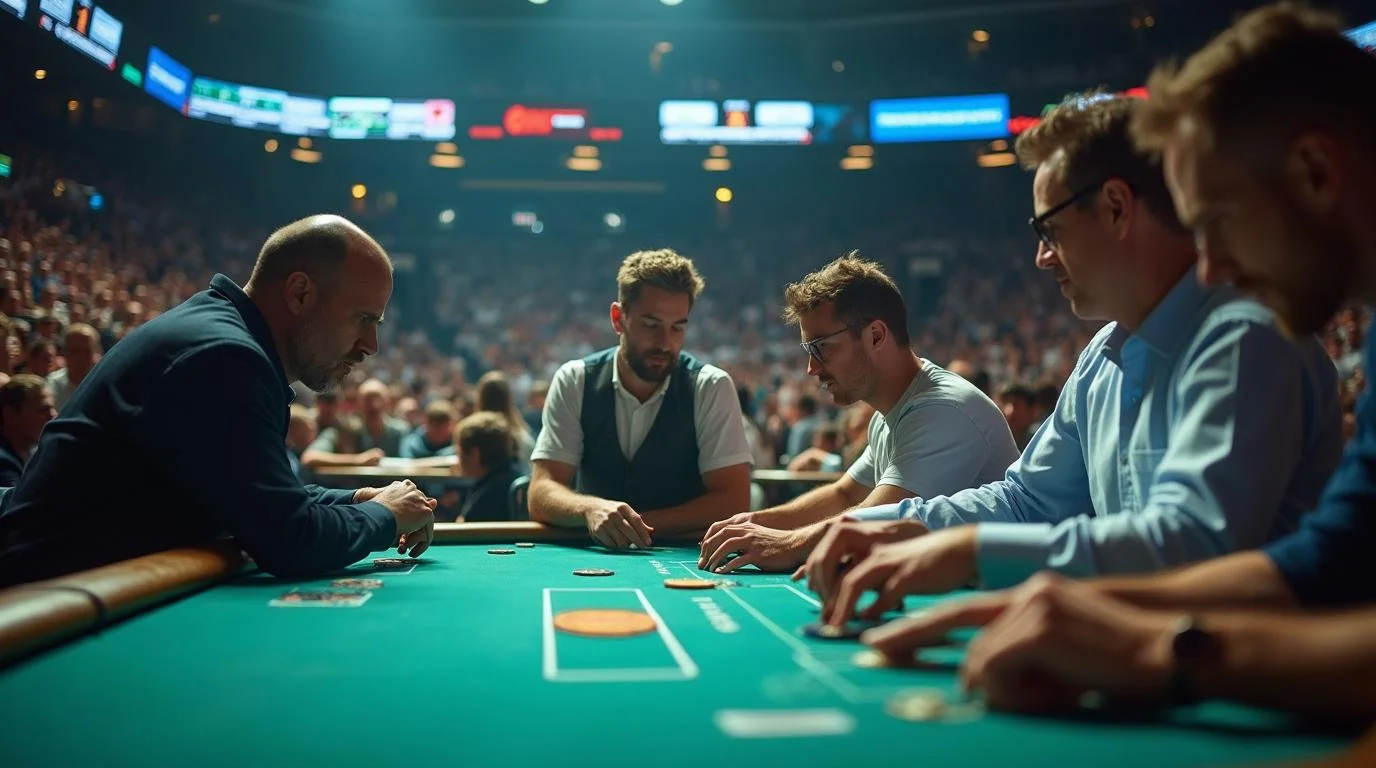Is it the End of the Line for Djokovic?
Novak Djokovic, with an astonishing total of 24 Grand Slam titles, remains the most decorated male tennis player in history. He completed the elusive Career Golden Slam at the 2024 Paris Olympics, beating Carlos Alcaraz in straight sets in the final to join the elite group that includes Steffi Graf, Andre Agassi, Rafael Nadal, and Serena Williams.
That Olympic gold was not only symbolic but historic; he became the oldest Olympic singles champion since tennis returned to the Games and swept the event without dropping a set.
But since that high point, Djokovic has not captured a Grand Slam title. His last major victory came at the 2023 U.S. Open, and every Slam in 2024 and 2025 saw him fall short, albeit he did reach multiple semifinals.
At 38, injuries have started to creep in. He withdrew from the Australian Open 2025 semifinal due to a leg issue. At Wimbledon 2025, he was downed by Jannik Sinner in straight sets and himself admitted the physical toll was growing inescapable, with the younger Sinner simply overpowering and outpacing him.
Comeback Pending? Probably Not
Federer and Nadal both attempted extended runs after their peak years – Federer came back from injury, and Nadal returned repeatedly from serious physical setbacks. But their legacies were already cemented. Djokovic still chases one more Grand Slam to hit 25. According to Reuters, he sees the upcoming US Open as his best opportunity. He qualified through multiple Slams in 2025 and remains confident about returning to Centre Court yet again.
Still, the field has changed. Alcaraz and Jannik Sinner have claimed the last several majors between them, dominating Slam finals since Djokovic’s last title run. Djokovic knows the gap is real, as he described these rising stars as a level above everyone right now. His game, while still supremely intelligent, occasionally looks a step slower, a fraction slower than before.
Yet he still has determination and shrewd scheduling. He has already won a smaller title in Geneva in May 2025, marking his 100th tour-level title, in an attempt to regain rhythm ahead of the French Open season.
So is the Djokovic Retirement Talk for Real?
One could argue Djokovic has nothing left to prove. He owns almost every record: most majors, a Career Golden Slam, most weeks at world No 1. The Olympic gold was a masterpiece capstone. He's 38, managing recurring injuries, and can no longer string together long runs against the very top players.
Players who retire on a high – like Federer right after a Wimbledon farewell, and Nadal after his French Open crescendo – preserve a perfect memory in the minds of fans. Djokovic has publicly contemplated the “how” of his retirement not “when” – suggesting awareness of his decline without rushing a farewell. Speculation is mounting that the 2028 Olympics may serve as his final stage – a symbolic closing of the circle after winning gold in 2024. On the flip side, Djokovic still reaches Slam semifinals consistently. He maintains a mental edge unusual for a veteran – and he seems motivated.
His coach's strategy, limited calendar, and Olympic aspirations suggest he sees life beyond tennis as a second act, not a sudden shutdown. He arguably has unfinished business with 25 majors within reach, and perhaps reclaiming the world No. 1 ranking as a statement of continued relevance.
What Do Djokovic’s Rivals Tell About a Legend’s Retirement?
Federer and Nadal both stayed in the mix after their peaks, but neither recaptured Grand Slam titles in their final seasons. They both stepped away when they felt they were no longer able to win at the highest level. Roger’s farewell came after 2021, Rafael’s swan song extended to 2022–2023 with an emotional French Open exit. Both retained dignity, and their legacies remained intact.
Djokovic enters a similar twilight – his dominance over the next corners of tennis history is now theoretical. If he pushes on and fails to win another Slam, some might ask whether he should have bowed out earlier. But if he reaches 25 titles or wins the LA Olympics before retirement, his legend only grows.
Where Does Djokovic Stand?
According to interviews, Djokovic is spending more time with family, especially his young kids, and nurturing interests in linguistics, archaeology, and broader cultural projects in the Balkans. He is preparing for life beyond tennis as a public intellectual and advocate, not just another celebrity athlete.
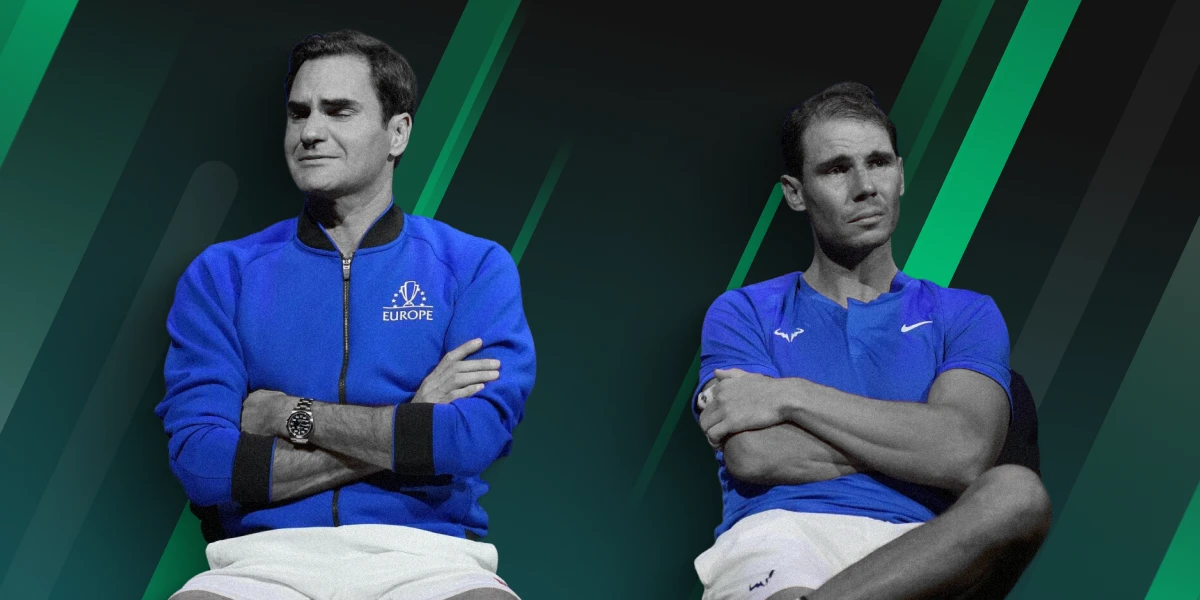
He seems aware that his time is shrinking. The “tank half‑empty” metaphor he used after his Wimbledon loss shows introspection – physical limits creeping in, stamina draining with each two‑hour match.
In balancing family, legacy, ambition and body strain, Djokovic is making conscious choices. He appears to be shaping his final phase carefully, scheduling fewer tournaments, preserving mental energy, and focusing on the greatest stages only.
Time for the Curtain Call?
The case can be made. He’s already done it all, injuries mount, and domination is slipping. A final Olympic gold, another Slam or two, or simply bowing out once recognition of decline sets in – any of those would seal the story perfectly.
On the other hand, if he still believes he can win one more major, and if he maintains health, a carefully calibrated competitive calendar, even through 2026 or the 2028 Olympics, gets his fans, and him, a chance at one last GOAT‑defying moment.
He has hinted that how he retires matters more to him than exactly when. If he can still compete at Grand Slams and feels motivated, aiming for Wimbledon 2026 (his 39th Slam) or Los Angeles 2028 may be worth the risk.
Ultimately, Djokovic’s arc is still unfolding. If he goes now, he exits as the greatest ever with grace and completeness. If he stays, he could redefine aging in sport – or risk fading before another trophy. What matters is that he controls the ending, not the game or the injuries. And that perspective alone is what defines champions beyond titles.











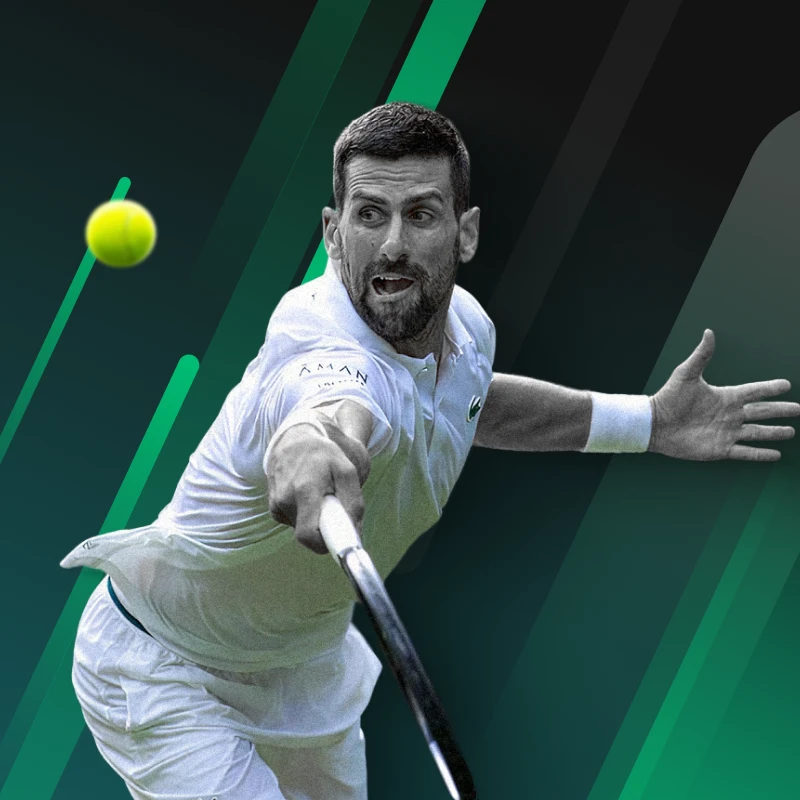
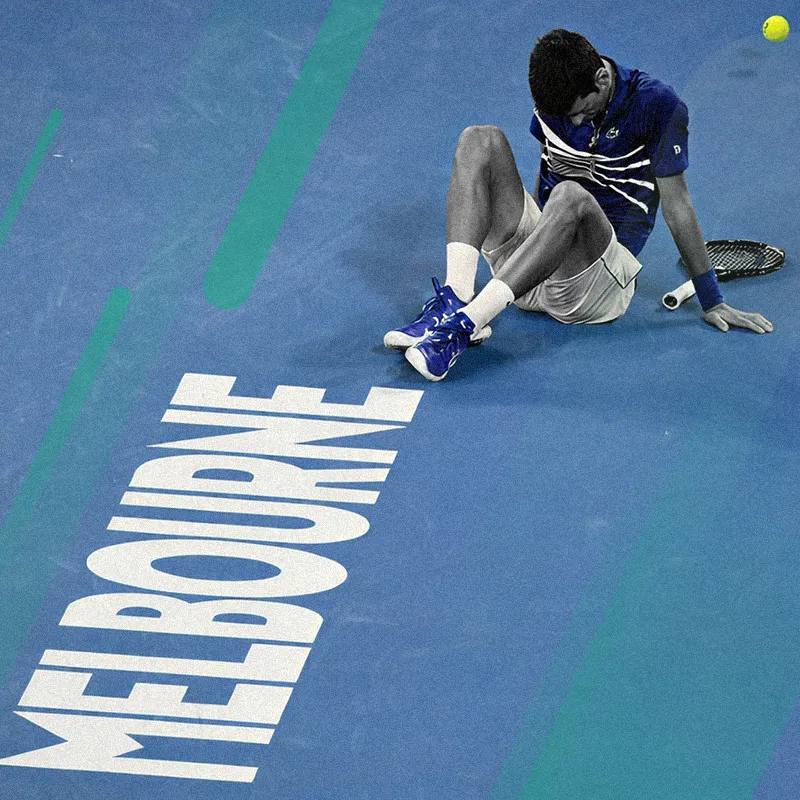

_800x800.webp)

